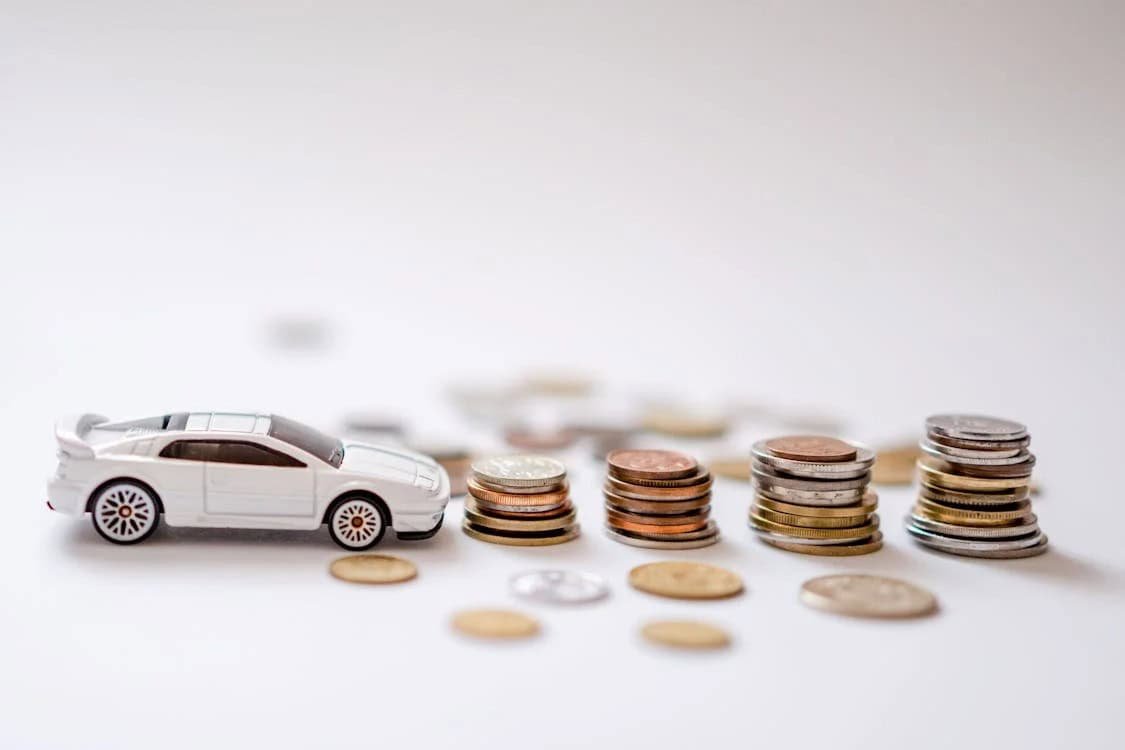Table of Contents
When I first decided to save for my own car, I knew I had to break the process into essential steps that even teens like me could follow. I started by setting my first clear goal: how much I needed for the down payment. I made a small set of rules, like cutting back on unnecessary spending, and focused on putting money aside for my dream wheels. It wasn’t easy at first, but the idea of driving on my own gave me the motivation to keep planning and moving ahead.
The journey was full of dreaming and determination. I found that tracking savings and costs, like fuel and insurance, helped me stay realistic. Every little choice, from skipping fast food to finding side gigs, gave me more success. With every small win, I felt a sense of help from my own discipline, reminding me to stay committed to my budget. By using my time wisely and choosing the right strategies, I learned that anyone can buy their first car if they keep pushing forward.
Bottom Line Up Front
When saving for your next car, start by deciding which vehicle will suit your needs and what to do with your current vehicle. The process works best if you focus on saving early, research prices and features, and try different savings methods. You may need to adjust your budget and always consider extra fees that come with selling or buying a vehicle beyond the listed prices.

Benefits of Saving for a Car Instead of Taking a Full Loan
When I looked at my future plans, I realized that a car is a depreciating asset, always decreasing in value quickly after purchase. What you owe as a liability still remains, but by paying a bigger down payment upfront, you can shrink the size of your auto loan. This choice helps to reduce monthly payments and makes it easier to manage your budget. I learned that focusing on this step saves stress in the long run and avoids being stuck with a heavy loan.
By paying more at the start, the loan becomes smaller, giving you lower monthly costs in the future. You will pay less interest since you are borrowing a smaller amount. From my own experience, even small sacrifices like skipping luxury purchases allowed me to add more toward my down payment, which made all the difference.
How to Save Money for a Car
1. Save automatically to build a car-savings fund
When I set my number in mind for the down payment, I decided to create a car-savings fund that would help me manage my money and save steadily. Getting closer to my goal meant I had to increase the amount I put aside every week and lower my spending. To stay disciplined, I chose to automate a minimum payment into my savings account with each paycheck, removing the temptation to spend elsewhere. That way, I would exactly know when I would hit my target.
Another way I kept on track was to build a saving habit using my checking account’s autosave feature. With autosave, I could move money regularly from checking into my savings account, truly helping me stick to my plan. This steady method made it simple, automatic, and effective.
2. Consider additional expenses
When you plan to buy a car, it’s not just the price you should think about—there are hidden costs like sales tax, fees, and the start of regular costs such as insurance payments, maintenance, and gas money. From my own experience, forgetting to account for these extra expenses can make budgeting harder. By carefully figuring out what you will need to save for this big purchase, you can stay prepared and avoid surprises later on.
3. Budget and cut expenses
When I wanted to save for my first car, I had to start sticking to a monthly budget. Learning to track my expenses and income helped me create a plan to improve my spending habits each month. The 50/30/20 rule, a popular method many people follow, entails using 50% for essentials, 30% on non-essentials, and designating 20% for savings.
To move quickly toward my goal, I chose to decrease my spending on entertainment, going out to eat, and unnecessary subscriptions. Putting that extra money into a car savings fund gave me real progress.
4. Set your savings goal
When I started hoping to save enough money for my next vehicle, I realized I needed to set a clear savings goal. Some people choose to pay cash, while others prefer to make a down payment to reduce the amount they must borrow. Financial experts often recommend around 10% for a used car or 20% for a new car.
For example, aiming for $2,000 on a $20,000 car or $7,000 on a $35,000 car can make a big difference. Any buying choice you make, having a larger down payment will lower the monthly payment and help you aim smarter.
5. Compare new vs. used
When you compare a new car to a used one, the value matters most. A car depreciates significantly in the first year, which means you won’t save much money if you rush into buying brand-new. From my own shopping experience, choosing a vehicle that’s slightly older instead gave me the same excitement without the big loss in value.
I always look for cars that are 2-3 years old. They’re usually more affordable, come with modern features, and still feel fresh. Plus, they avoid the heavy repairs that an older car might need.
6. Research car prices
Before buying, I researched car prices and looked around to get a general idea of what to expect to pay for the vehicle I wanted. Using resources online helped me to determine a fair price in my area, making sure I didn’t overspend and could plan my budget wisely.
7. Determine your time frame
When you determine your time frame, think about whether you are planning to save for a few months or several years. I think If you have the advantage of more time, use the opportunity to plan ahead, decide what you need, and set aside each month enough to reach your savings goal.
8. Trade in or sell your old car
When you trade your current car’s value, the money you receive from trading can reduce the cost of a new car. It’s an easy method of getting cash to put towards your purchase. From my own experience, selling your old car might earn you more, but it could take longer and require extra effort, though sometimes it helps significantly with your savings.
9. Get a side job
One of the best ways I found to get ahead was to take a side job alongside my full-time work. It gave me extra cash to add into my car savings fund. I tried freelance writing, offered to sell unwanted books, games, and items online, and even took small gigs like babysitting, grocery shopping, or doing ride sharing. Becoming a virtual assistant also helped me grab quick income that I could put towards my new car fund.
10. Prepare for Emergencies
While saving for your car, it’s smart to also set aside a small emergency fund. This can cover unexpected events like losing your job or sudden family expenses, so you are always being ready and can still pursue your primary goal without getting derailed. Having a savings goal and a backup fund gives you confidence and keeps your car plans on track.
Frequently Asked Questions
1. What’s the Fastest Way to Save for a Car?
- Choose the right car and check how down payments affect your monthly payments
- Save automatically to build a car-savings fund
- Always consider additional expenses when planning your budget.
- Budget carefully and cut expenses wherever possible.
- Trade in or sell your old car to add more to your savings.
- Get a side job to speed up reaching your savings goal
2. How to Save $5000 Quickly?
- Set a goal that is specific and manageable so you know exactly what you are aiming for.
- Create a monthly budget that prioritizes savings over unnecessary spending.
- Reduce expenses wherever possible to free up money for your car fund.
- Increase your short-term earnings and put them toward your savings goal.
- Automate deposits to your savings account to stay on track consistently.
- Track your progress and adjust your plan as needed to reach $5000 faster.
3. How to Save Up for a Car with Minimum Wage?
If you are on a minimum wage, start by setting aside a small portion of your monthly salary for car savings; this is a wise first step. Determine a realistic and consistent amount to save every month, and an effective way is to allocate at least 30 percent of your salary, which ensures accumulation of funds steadily over time.
4. What’s the Most Economical Way to Buy a Car?
- Buy a car with cash whenever possible to avoid interest.
- Consider an older or unpopular car to get a better deal.
- Shop around for good loans if financing is necessary.
- Be flexible about your needs and avoid unnecessary extras.
- Stay true to your budget and avoid overspending.
- Look at used vehicles to save money without compromising quality.
- Consider private sellers for lower prices than dealerships.
- Use online marketplaces to compare deals and find bargains
Disclaimer:
The information provided in this article on how to save money for a car is for general informational purposes only. It is not intended as financial advice. Individual circumstances may vary, and you should consider your personal financial situation or consult with a qualified professional before making any decisions regarding saving, budgeting, or purchasing a vehicle.
Fresh money guides you’ll love
Slash months off your auto loan with smart payment hacks.
Read nowYes, it’s possible: rent and still build your home fund.
Read nowStart early, save smart, and unlock your first place.
Read nowTurn the dream trip into a reality with fun saving tricks.
Read now
